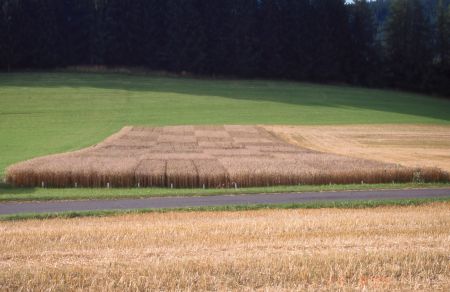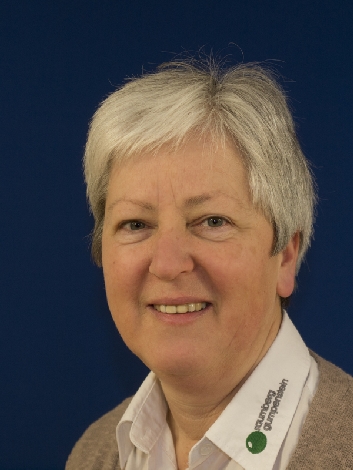These arise from the use of primarily untreated seeds. Corresponding weather conditions can cause problems with diseases, which can lead to the seeds being rejected.
In order to be able to market the grain that has been rejected as seed as consumer grain, certain minimum quality requirements, especially for wheat, must be met, such as an appropriate protein content, but also the number of seeds.
The question that arises from this and that needs to be clarified through experiments is: How much nitrogen is necessary to produce grain that is to be used as seed?
At the same time, it will be clarified whether the grain - in the event of possible withdrawal as seed - still has a high protein content so that its use as consumer grain is also economically interesting for the farmer. In addition, different varieties should be cultivated; if possible, varieties that are bred for the special needs of organic farming should be taken into account. Winter wheat is the main type of grain.
The Upper Murtal and Lambach areas are selected as locations, with seed propagation playing an important role in the Upper Murtal. The trial in Lambach is representative of the seed multiplication companies in Upper Austria that have already switched to organic production.

Grain test areas
HBLFA Raumberg-Gumpenstein





